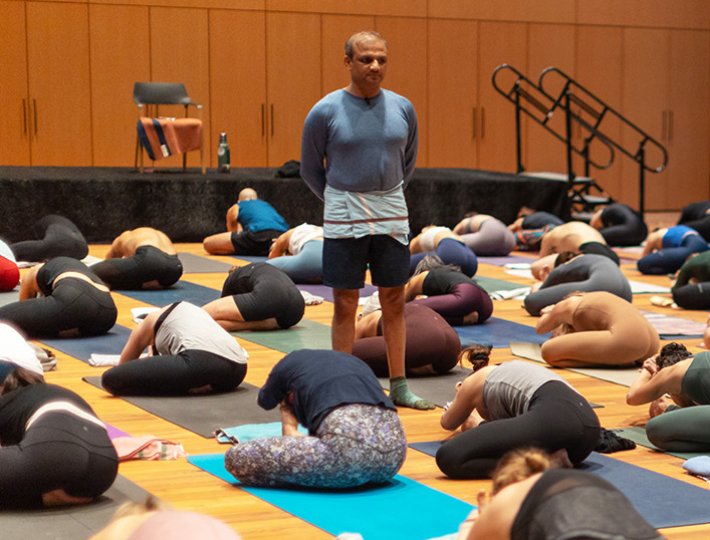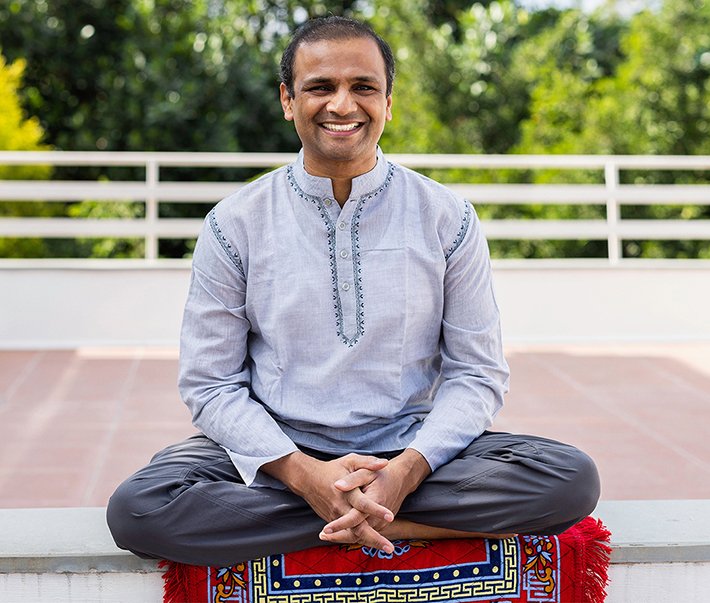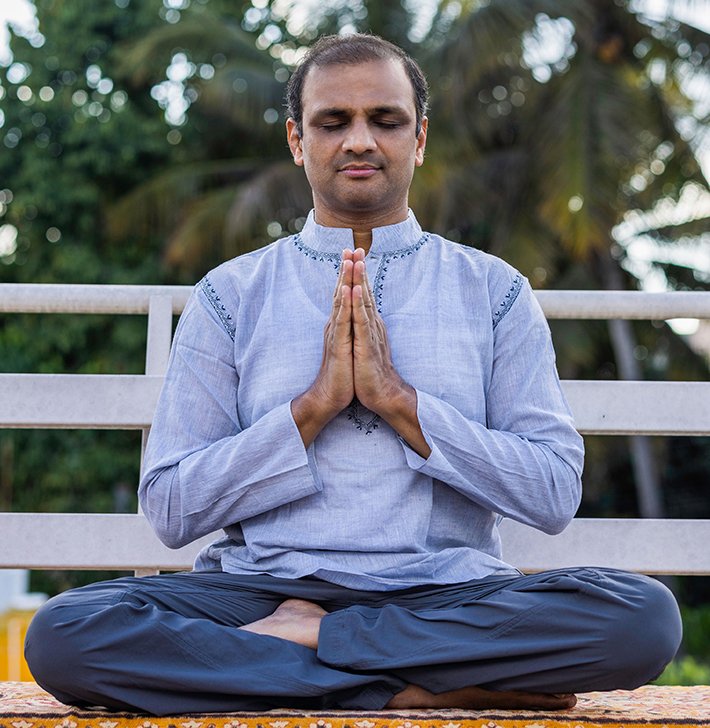Dear John,
When I try to meditate, I feel like I’m doing something wrong. I start with long inhalations and exhalations, but throughout the meditation, my breathing gets shallow and I almost feel like I can’t catch my breath. I know I need to relinquish control, but I don’t think I should feel like this, right?
Sincerely,
Gasping for Breath
Dear Gasping for Breath,
Thank you for writing in! I think many of our readers have questions about the breath in meditation practice. I will offer a few simple insights that I believe can be of service to you on your journey.
Let’s start of by reflecting on the kind of mindset that you bring to the practice. Part of what humans naturally do in meditation is to install their usual mental operating system of filtering an experience through the lens of right and wrong. How I approach meditation practice is never close to all the way right or all the way wrong. It’s more of an evolving process where we have these amazing moments when we feel aligned, and non-amazing moments when nothing feels aligned. This is why we practice, isn’t it?
I’m not saying, “Well, anything goes!” While it is very important to follow the instructions of a qualified teacher, the various techniques that come from lineages, and the good teachings about “how” to meditate, I think we must also be gentle with ourselves in how we apply them. It is a good idea to give our best effort and practice with a healthy intention. But from there, we also must take a leap and trust in the practice to be the exact teaching that we need for that particular day. This is an advanced concept and practice in itself! To be OK with how the meditation is already.
This is why I encourage myself and my students to come to the practice daily. The daily practice provides opportunities to strengthen and grow every day. Trusting is also a courageous act to step away from the judging mind and holding onto expectations about where we want the practice to go. With that said, of course, there is always room for learning and refinement.
When it comes to breathing in the kind of meditation that I practice and teach (mindfulness), the general instruction is to let the breathing be natural and through the nose, if possible. If, on a given day, it feels better to breathe through the mouth, perhaps due to nasal congestion, then that is fine for that instance.
In terms of troubleshooting your breathing, without working with you in person, I can only offer a few general suggestions. The first would be to initiate your meditation with just a few long and slow deep breaths in through the nose, and, in this case, out through the mouth. Following this “opening” style of breathing, you would then let your breath return to a more natural cadence. The purpose of utilizing the opening breathing is to get yourself connected to your body and have a few deep feeling breaths to consciously and physically recognize that you are preparing yourself to enter a more focused and sacred space. Do your best to stay with the natural breathing and the remembrance that in the practice all is sacred.
Based on your question, I wonder if you are trying to stay with those longer inhales and exhales for too many repetitions? If so, perhaps it’s simply too much or unnatural for your body. The body already knows how to breathe, so let it do its job. By letting go of the breath, you may then be freeing up more mental, physical, and emotional resources to be more present and embodied in your meditation.
Related: The Perfect Way to Breath in Ashtanga Yoga
Another essential key in your practice will be to stay attentive to how the breath is moving and how that may be connected to your physical energy levels. In my own practice, I have noticed that when my breathing gets shallow, it is because I am fatigued and moving toward drowsiness and sleepiness. Everyone is unique, so this may or may not be connected to what is happening for you, but it is something for you to check out experientially.
When you notice that your breathing is not feeling good for you, check in on your energy, revitalize your intention, and then reset yourself and your breathing. There is nothing that says you cannot re-initiate through opening breathing and then resettle into the practice. Or perhaps your shift back can be more subtle, such as a simple mental acknowledgement that the natural breathing has stalled, and then come back to it.
My last suggestion would be to do your best to release any expectations or goals that you have for your meditation session. Do your best to let the breath be comfortable and natural, notice when it stalls, and don’t get caught up in judging yourself or the experience. And finally, always come back to a smooth natural cadence of the breath and continue the practice.
As I mentioned at the start of this article, I think most of us are programmed to bring our mindset of achieving, perfecting, and expecting into the practice, but those can mostly end up hindering our growth. I will close with a teaching by Jon Kabat-Zinn, a mindfulness pioneer in the West, whom I come back to often on my path. He writes in Full Catastrophe Living: “The best way to achieve your goals is to back off from striving for results and instead to start focusing carefully on seeing and accepting things as they are, moment-by-moment. With patience and regular practice, movement toward your goals will take place by itself. This movement becomes an unfolding that you are inviting to happen within you.”
I hope these few insights will help you in working with your breath in a wholesome and more liberating way and serve as a source of encouragement for you on the path.
Many blessings,
John









Comments (0)